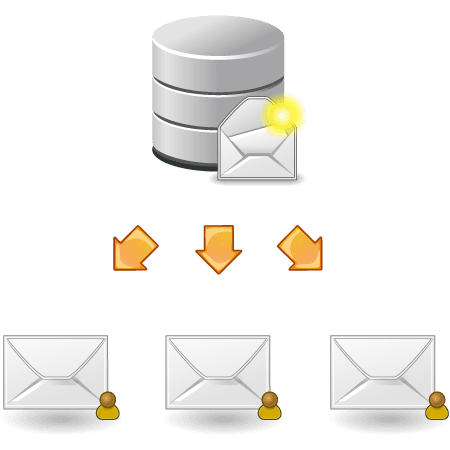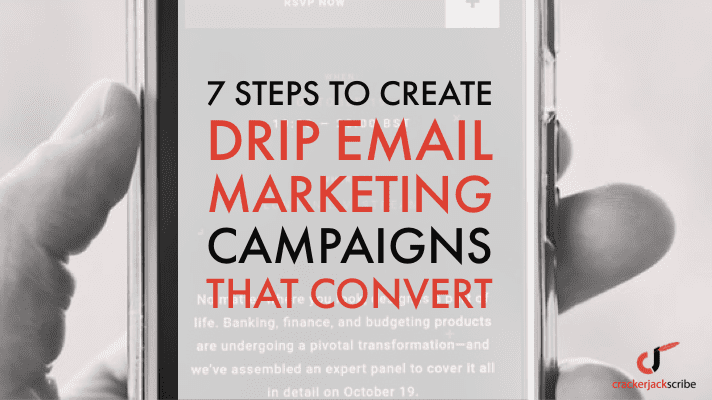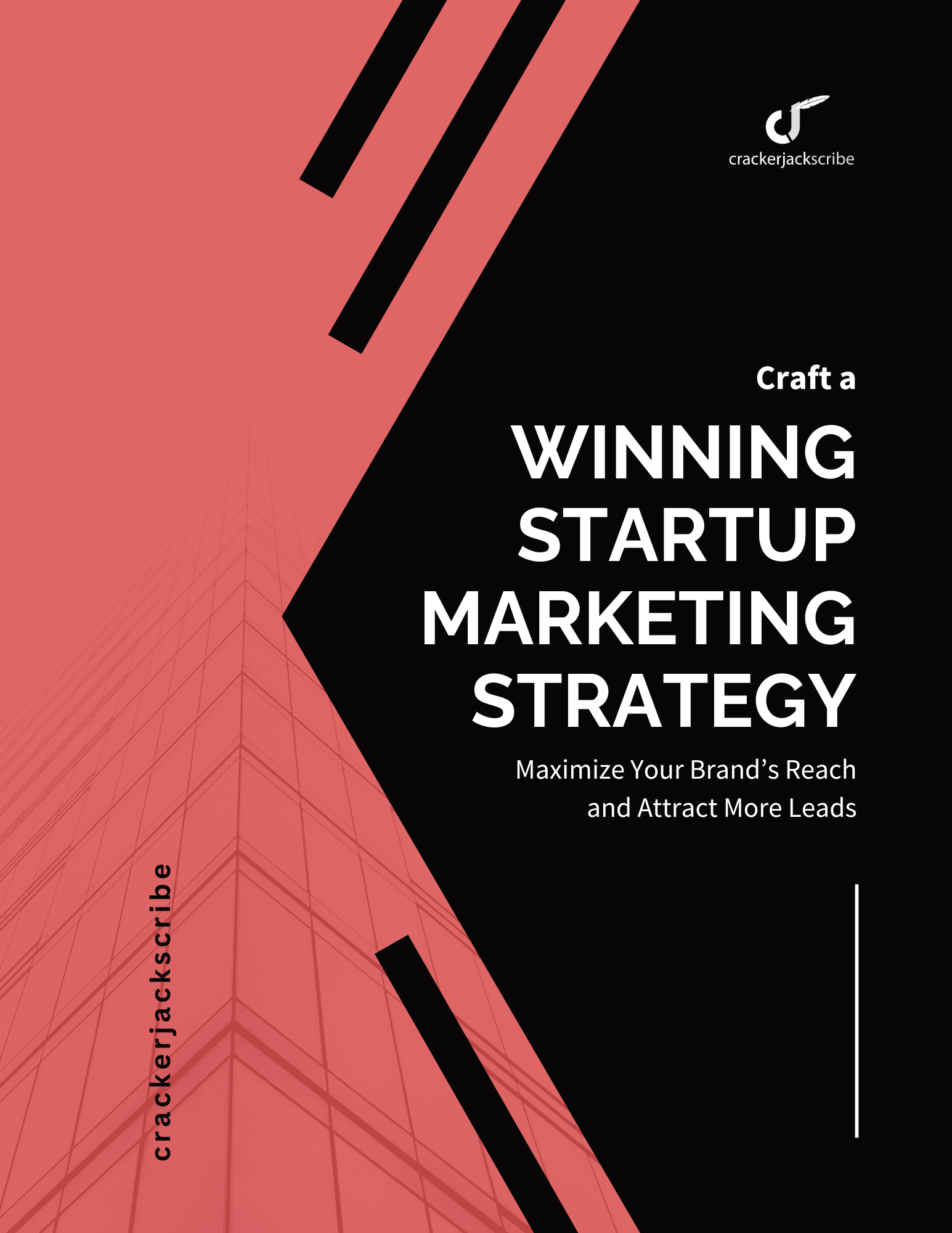Drip email marketing is an excellent way to connect and continue a conversation with your target audience when digital connections are everything.
One drip email marketing campaign can familiarize users with your brand, educate them on how to use your product, and convert them into customers. And by using a smart email marketing platform, you can automate an entire campaign.
This post shows you seven steps essential to creating a high converting drip email marketing campaign.
How to Create a Drip Email Marketing Campaign
1. Segment and Tag Your Email List
If your target audience is broad, it is best to segment your database. Segmenting your email lists enables you to target your various audiences with specific campaigns. You don’t want to send your newsletter list a campaign that targets your giveaway audience and vice versa.
Using tags also helps keep track of the status of your audience. For example, in an eCommerce drip email marketing campaign that includes a series of onboarding emails, a tag is added to contacts who complete the series. The designation identifies those who completed the series and prevents a similar campaign from being sent to them, which would most likely lead to unsubscribing. It also helps you with retargeting your list with a new campaign.
Set up your lists, segments, and tags before you launch your campaign.
2. Welcome Your Lead
There are various benefits to sending a welcome message to subscribers. By immediately sending a message, it creates the beginning of an ongoing relationship with your contact. It also accustoms them to receiving content from your business. A welcome message also confirms that a user successfully signed up and completed all information needed for them to get your offer. The message can also include a link to your digital giveaway.

3. Follow Up With Support
While the follow-up message will vary depending on the product or service a lead receives, a support message is always useful. It shows that your business cares whether someone is a paying customer or not.
The follow-up also helps to make sure your lead has a good experience with your merchandise. The support message can include instructions or tips on how to use your product successfully. Include an email, phone number, or another method such as a Twitter support account where the user can reach out with questions or troubleshooting.
Send this email three to five days after the welcome message. If you mail your product, wait at least a week or longer (especially during shelter-in-place orders) to make sure your lead receives the product and has had time to experience it.
4. Outline Your Benefits
Throughout your drip email marketing campaign, it is essential to remind your lead of the benefits of buying your product, subscribing to your content, or using your services. What problems does your product or service solve? How will it make their life better? Clearly outlining your product or service’s value is the best pitch you can make to convert your leads into paying customers.
5. Send an Offer
Now that your lead has had time to experience your product, follow up with an offer to further their experience. Include a discount to purchase your product or to subscribe to your series. Be sure to list the benefits of making the purchase or signing up for your subscription service.
6. Split the Flow Using Triggers
Many times users will not open an email or take action by clicking a link. Splitting the email response into two or more flows will help you customize the messaging for people who take different steps. For example, after the welcome message, the second email in the series is split to send a second welcome email to non-openers and a different one to openers.
Use triggers to create separate flows. For example, I can trigger a follow-up email to users who opened the previous email in a series but did not click on any links. Another trigger sends a different email to people who did click a link.
You can also set triggers for the number of days or weeks to wait until a send takes place or follow up on purchase activity.
Be careful not to bombard your leads with too many emails—space out the length of time between sends. I usually wait a week to ten days after a user receives a product before sending an offer or request for a review.
7. Retarget Non-Converters
For users who have not converted, create another drip email marketing campaign to retarget them later. Use data from your email platform to determine user activity and open rates, and demographics to fine-tune your targeting to create new offers and messaging.
In Summary
There are a host of factors that go into creating successful drip email marketing campaigns. However, correctly setting up your email campaign’s automation and timing helps to move your leads through the sales funnel. Most importantly, communicating the value of your services or products is critical to converting your leads.




Leave a Reply